Nestled in the rugged expanse of West Texas, Guadalupe Mountains National Park stands as a testament to the power of geological forces and the beauty of the Chihuahuan Desert. Rising like sky islands from the desert floor, these ancient peaks offer unparalleled hiking opportunities, diverse ecosystems, and a glimpse into a fascinating prehistoric past. For those seeking adventure and stunning vistas, Guadalupe Mountains National Park is a must-visit destination. You can visit the parks official website by clicking here.
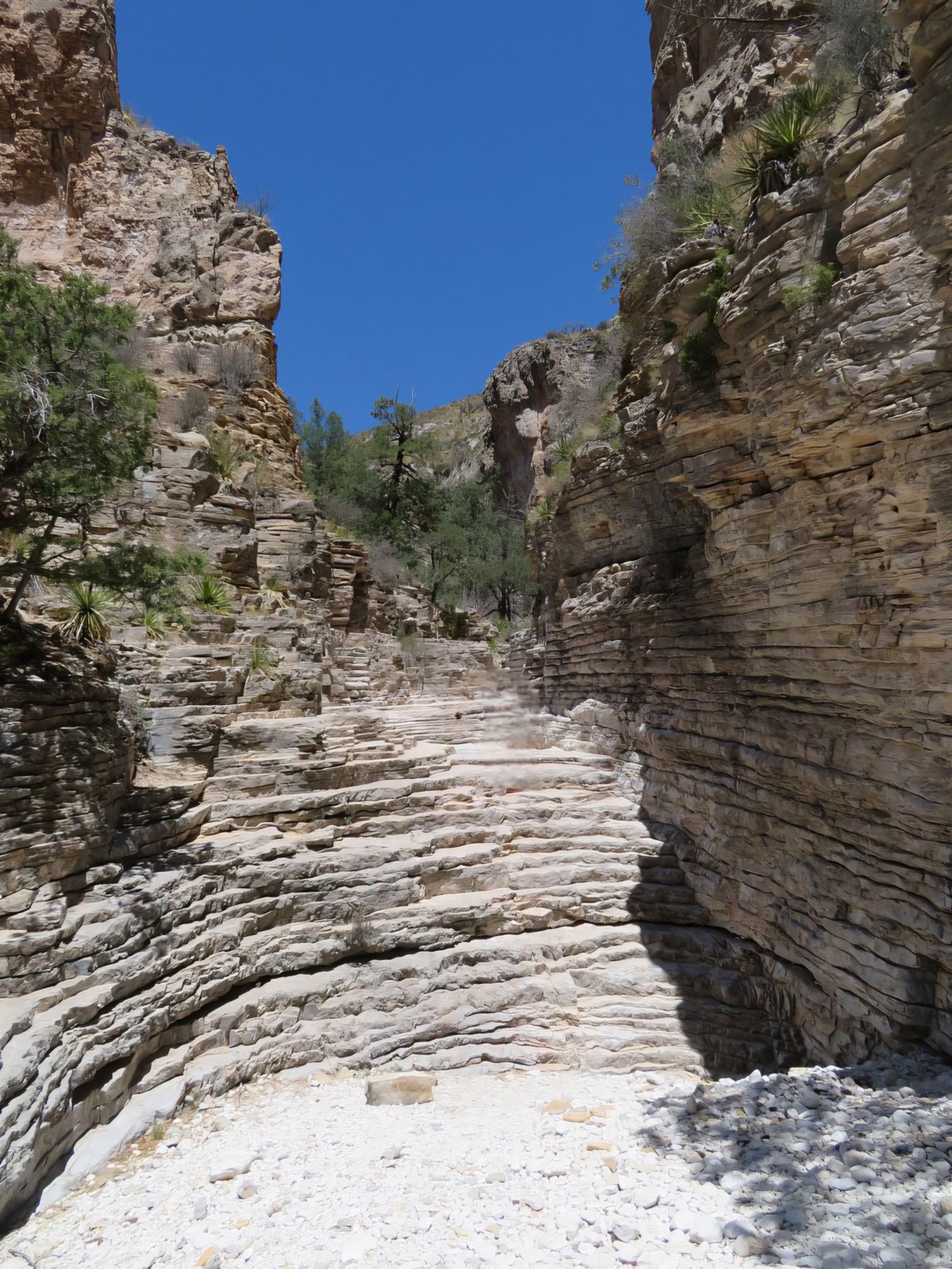
Address: The main address for Guadalupe Mountains National Park (Pine Springs Visitor Center) is: 400 Pine Canyon Drive in Salt Flat, Texas 79847.
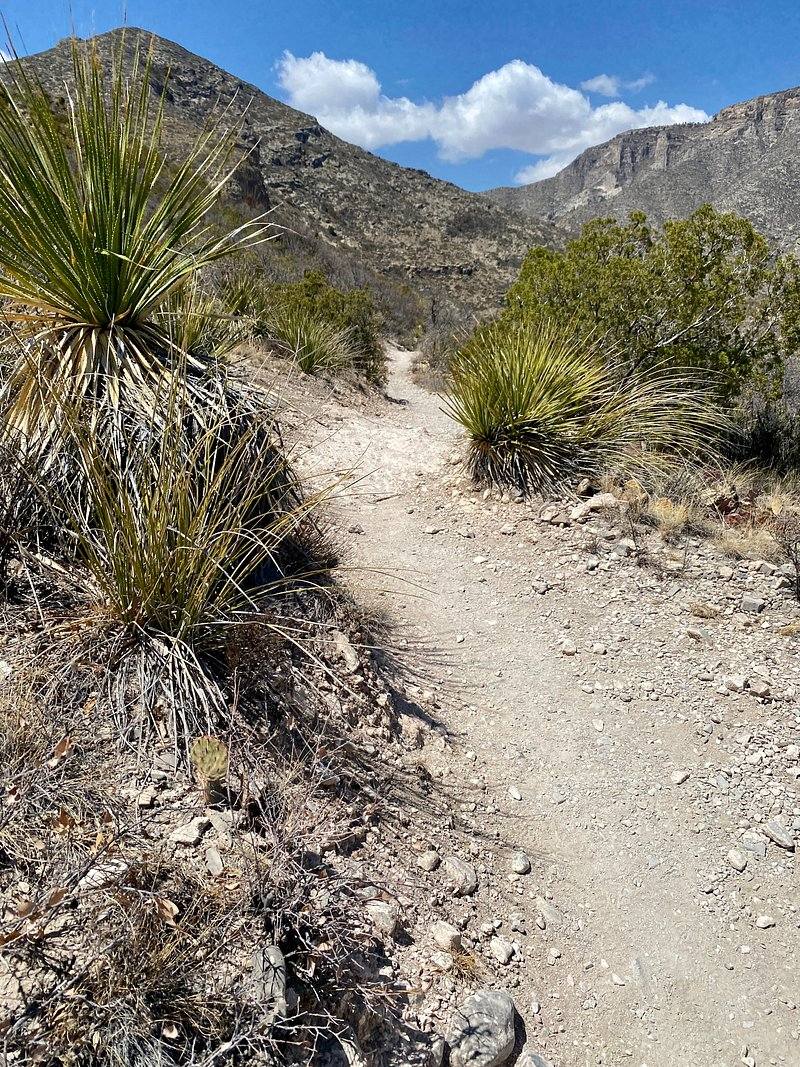
Getting There:
The park is located in far West Texas, near the New Mexico border. It is accessible via U.S. Highway 62/180, which runs between El Paso, Texas, and Carlsbad, New Mexico.
* From El Paso: Approximately 110 miles east on US-62/180 (about a 1.5 to 2-hour drive).
* From Carlsbad: Approximately 55 miles west on US-62/180 (about a 1-hour drive).
Important Note: There is no gasoline available within the park. The nearest full services are in Van Horn, Texas (60 miles south), and Carlsbad or Whites City, New Mexico. Plan accordingly and ensure you have sufficient fuel.
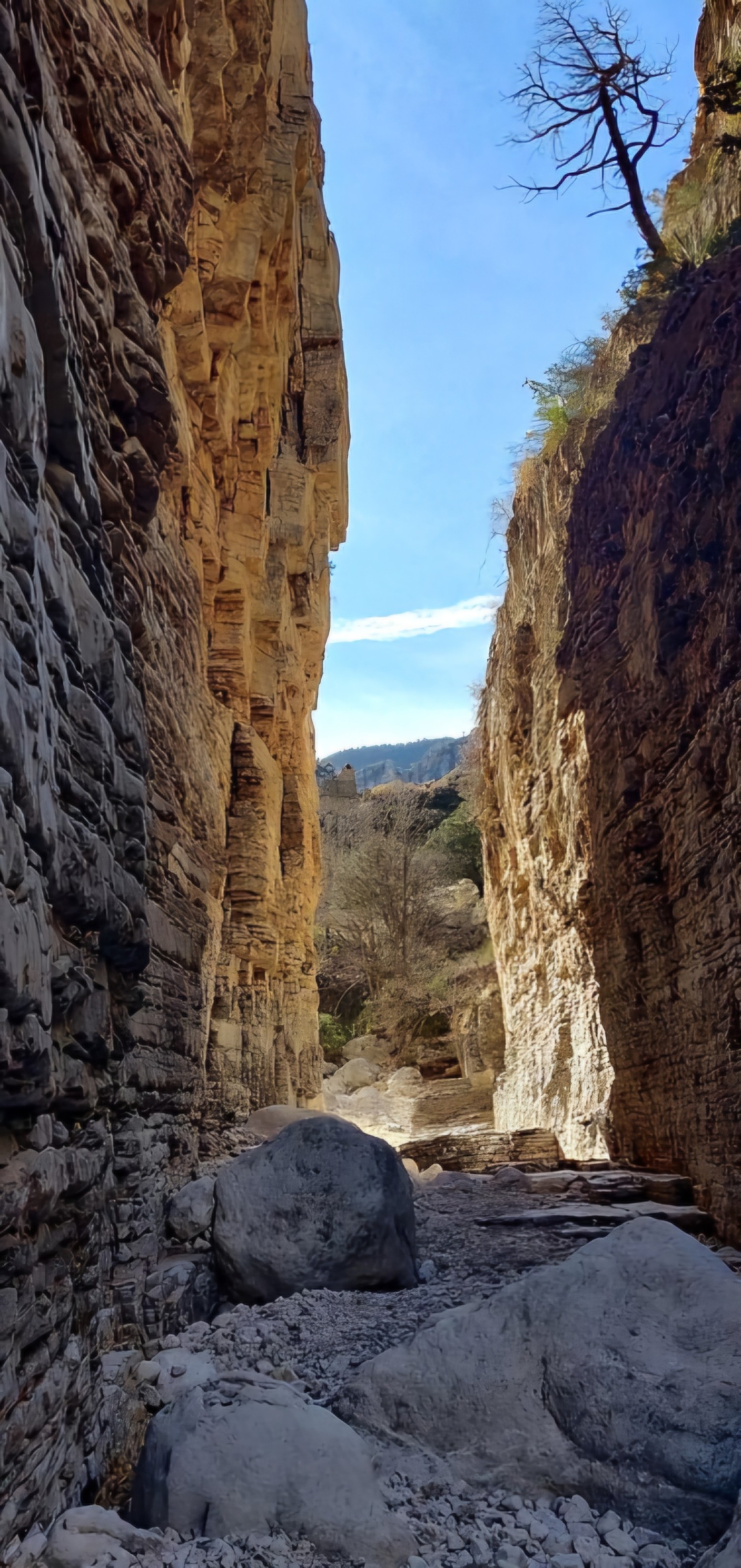
Why Visit Guadalupe Mountains National Park?
* Highest Point in Texas: Conquer Guadalupe Peak, the “Top of Texas,” which soars to 8,749 feet (2,667 meters). The strenuous but rewarding hike offers breathtaking panoramic views of the surrounding desert and mountains.
* Ancient Fossil Reef: The Guadalupe Mountains are the remnants of a massive Permian-age fossil reef, dating back 250-300 million years when the area was part of a vast inland sea. This geological wonder provides unique insights into prehistoric marine life.
* Dramatic Landscapes: From towering limestone cliffs, including the iconic El Capitan, to deep canyons, diverse forests, and the stark beauty of the Salt Basin Dunes, the park offers a variety of stunning landscapes to explore.
* Exceptional Hiking: With over 80 miles of trails ranging from easy nature walks to challenging multi-day backpacking trips, there’s a hike for every skill level. Explore canyons, ascend peaks, and discover hidden springs.
* Dark Night Skies: Far from urban light pollution, the park boasts incredibly dark night skies, perfect for stargazing.
Things to Do in Guadalupe Mountains National Park:
* Hiking: This is the park’s premier activity. Popular trails include:
* Guadalupe Peak Trail (8.4 miles roundtrip, strenuous): Hike to the highest point in Texas.
* Devil’s Hall Trail (4.2 miles roundtrip, moderate): A unique trail that follows a creek bed and involves some rock scrambling to reach a natural “hall.”
* McKittrick Canyon Trail (various lengths, easy to strenuous): Known for its stunning fall foliage and leads to historic Pratt Cabin and the Grotto. Note that McKittrick Canyon has day-use only hours (typically 8:00 AM to 5:00 PM Mountain Time).
* Smith Spring Loop (2.3 miles roundtrip, easy): A pleasant walk to a small spring and historic Frijole Ranch.
* Permian Reef Trail (8.4 miles roundtrip, moderate): Explore the fossilized remains of the ancient reef.
* The Bowl Trail (9 miles roundtrip, strenuous): Hikes through forests to a scenic depression.
* Backpacking: The park offers extensive wilderness areas for backpacking. Permits are required and can be obtained at the Pine Springs Visitor Center.
* Camping: Primitive campgrounds are available at Pine Springs and Dog Canyon. Reservations are highly recommended, especially during peak seasons. There are no lodging facilities within the park.
* Wildlife Viewing: Keep an eye out for a variety of desert wildlife, including mule deer, coyotes, bobcats, numerous bird species, and various reptiles.
* Birding: The park is a birder’s paradise, especially during migration seasons.
* Visit Frijole Ranch: Explore this historic ranch house, which now serves as a small museum, offering a glimpse into the area’s past.
* Explore the Salt Basin Dunes: Located on the western side of the park (a separate driving area), these bright white gypsum dunes offer a unique desert landscape for exploration and photography. They are day-use only (sunrise to 30 minutes after sunset).
* Scenic Drives: Enjoy the views along US-62/180, especially the El Capitan viewpoint, which offers a fantastic perspective of the park’s iconic peak.

Best Time to Visit:
* Spring (April-May) and Fall (October-November): These seasons offer the most pleasant temperatures for hiking, with warm days and cool nights. These are also the busiest times of year.
* Summer (June-September): Can be very hot, especially at lower elevations. Hiking is still possible, but be prepared for high temperatures and carry plenty of water. Afternoon thunderstorms can occur.
* Winter (December-March): Temperatures can be cool, and high winds are common (November through March is considered the windy season, with gusts potentially reaching 50-80 mph). Snow and ice are possible at higher elevations. However, clear, sunny days can be ideal for hiking if you are prepared for varying conditions.
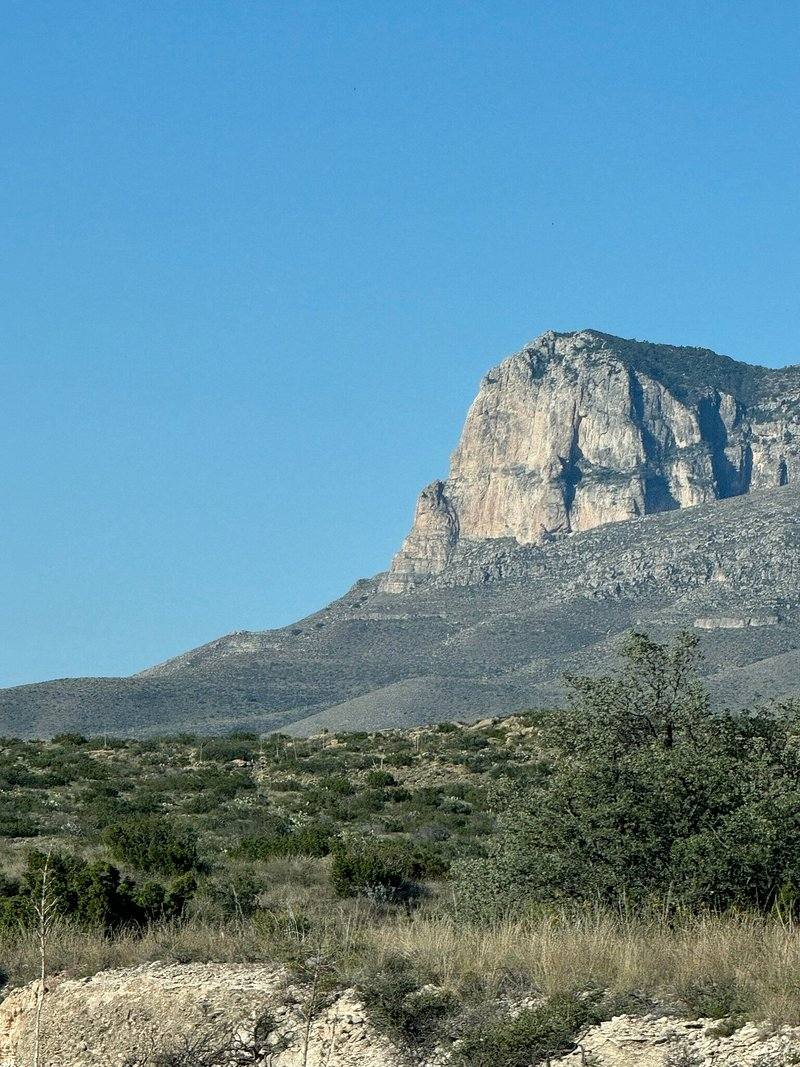
Visitor Centers:
* Pine Springs Visitor Center: The main visitor center, offering exhibits, information, maps, permits, a park store, and restrooms. Open daily (except New Year’s Day, Thanksgiving Day, and Christmas Day), typically from 8:00 AM to 4:00 PM Mountain Time (hours can vary).
* McKittrick Canyon Visitor Center: A smaller information area at the entrance to McKittrick Canyon. Restrooms are available. Not always staffed. Open daily, typically from 8:00 AM to 5:00 PM Mountain Time (gate is locked at 5:00 PM).
* Dog Canyon Ranger Station: Located in the northern section of the park. Open intermittently depending on staff availability. Offers information and maps.
* Salt Basin Dunes Information Center: Located near the Salt Basin Dunes. Offers information boards. Not staffed.

Best Time to Visit:
* Spring (April-May) and Fall (October-November): These seasons offer the most pleasant temperatures for hiking, with warm days and cool nights. These are also the busiest times of year.
* Summer (June-September): Can be very hot, especially at lower elevations. Hiking is still possible, but be prepared for high temperatures and carry plenty of water. Afternoon thunderstorms can occur.
* Winter (December-March): Temperatures can be cool, and high winds are common (November through March is considered the windy season, with gusts potentially reaching 50-80 mph). Snow and ice are possible at higher elevations. However, clear, sunny days can be ideal for hiking if you are prepared for varying conditions.
Visitor Centers:
* Pine Springs Visitor Center: The main visitor center, offering exhibits, information, maps, permits, a park store, and restrooms. Open daily (except New Year’s Day, Thanksgiving Day, and Christmas Day), typically from 8:00 AM to 4:00 PM Mountain Time (hours can vary).
* McKittrick Canyon Visitor Center: A smaller information area at the entrance to McKittrick Canyon. Restrooms are available. Not always staffed. Open daily, typically from 8:00 AM to 5:00 PM Mountain Time (gate is locked at 5:00 PM).
* Dog Canyon Ranger Station: Located in the northern section of the park. Open intermittently depending on staff availability. Offers information and maps.
* Salt Basin Dunes Information Center: Located near the Salt Basin Dunes. Offers information boards. Not staffed.

Tips for Your Visit:
* Bring plenty of water: The desert environment is dry, and water sources within the park are limited.
* Wear appropriate clothing and footwear: Layered clothing is recommended as temperatures can fluctuate. Sturdy hiking boots are essential for most trails.
* Protect yourself from the sun: Wear sunscreen, a hat, and sunglasses.
* Be aware of wildlife: Observe animals from a distance and never feed them.
* Check the weather forecast: Conditions can change rapidly in the mountains.
* Inform someone of your hiking plans: Especially if hiking alone or undertaking longer trails.
* Carry a map and compass/GPS: Trails may not always be clearly marked.
* Pack out all trash: Leave no trace of your visit.
* Entrance Fee: There is an entrance fee per person to enter the park. America the Beautiful Passes are also accepted. Fees can be paid at visitor centers or self-pay stations.
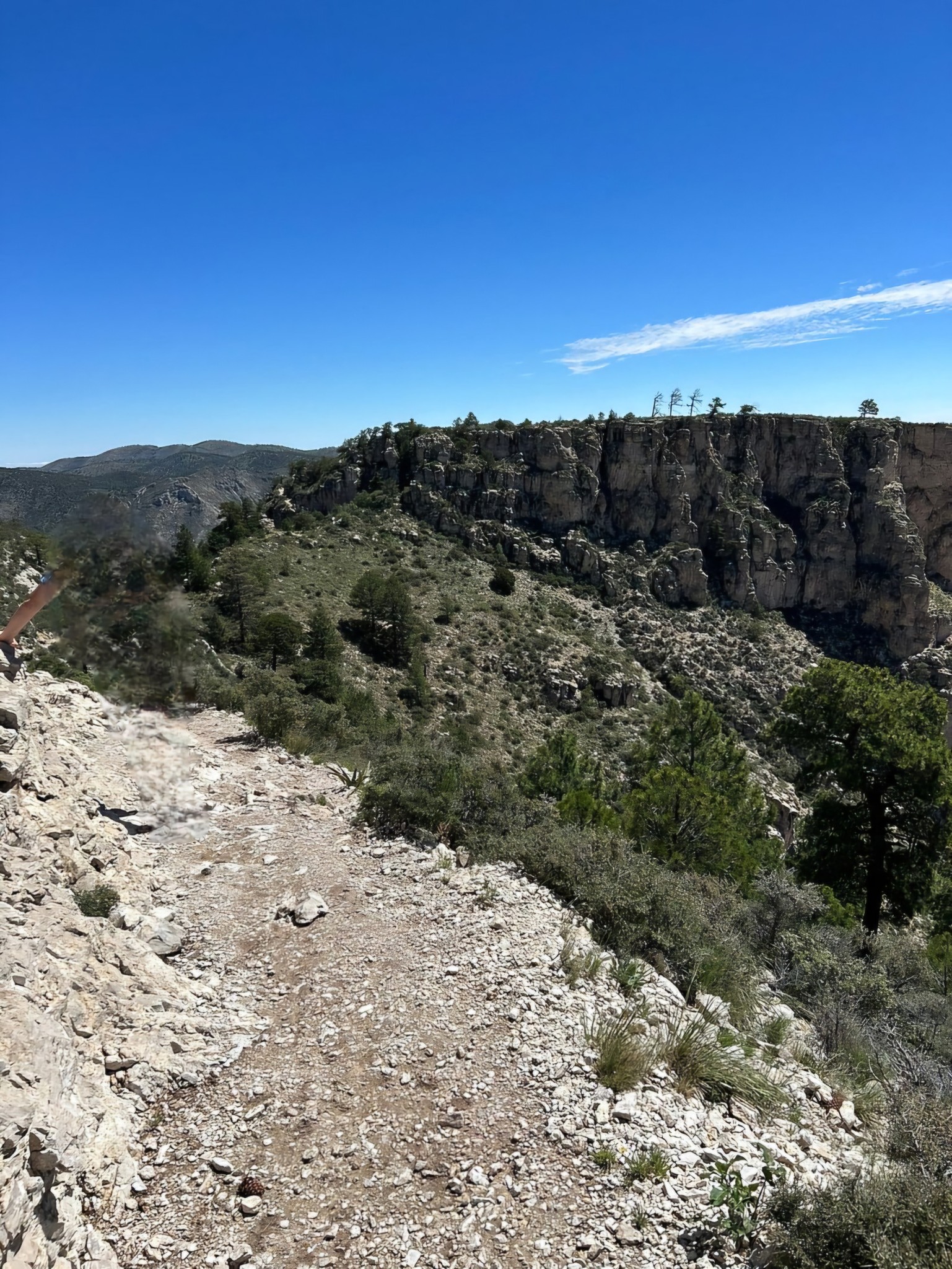
Guadalupe Mountains National Park offers a unique and unforgettable experience for those who venture into its rugged terrain. Whether you’re a seasoned hiker, a nature lover, or simply seeking solitude in a stunning landscape, the “Top of Texas” awaits your exploration.
